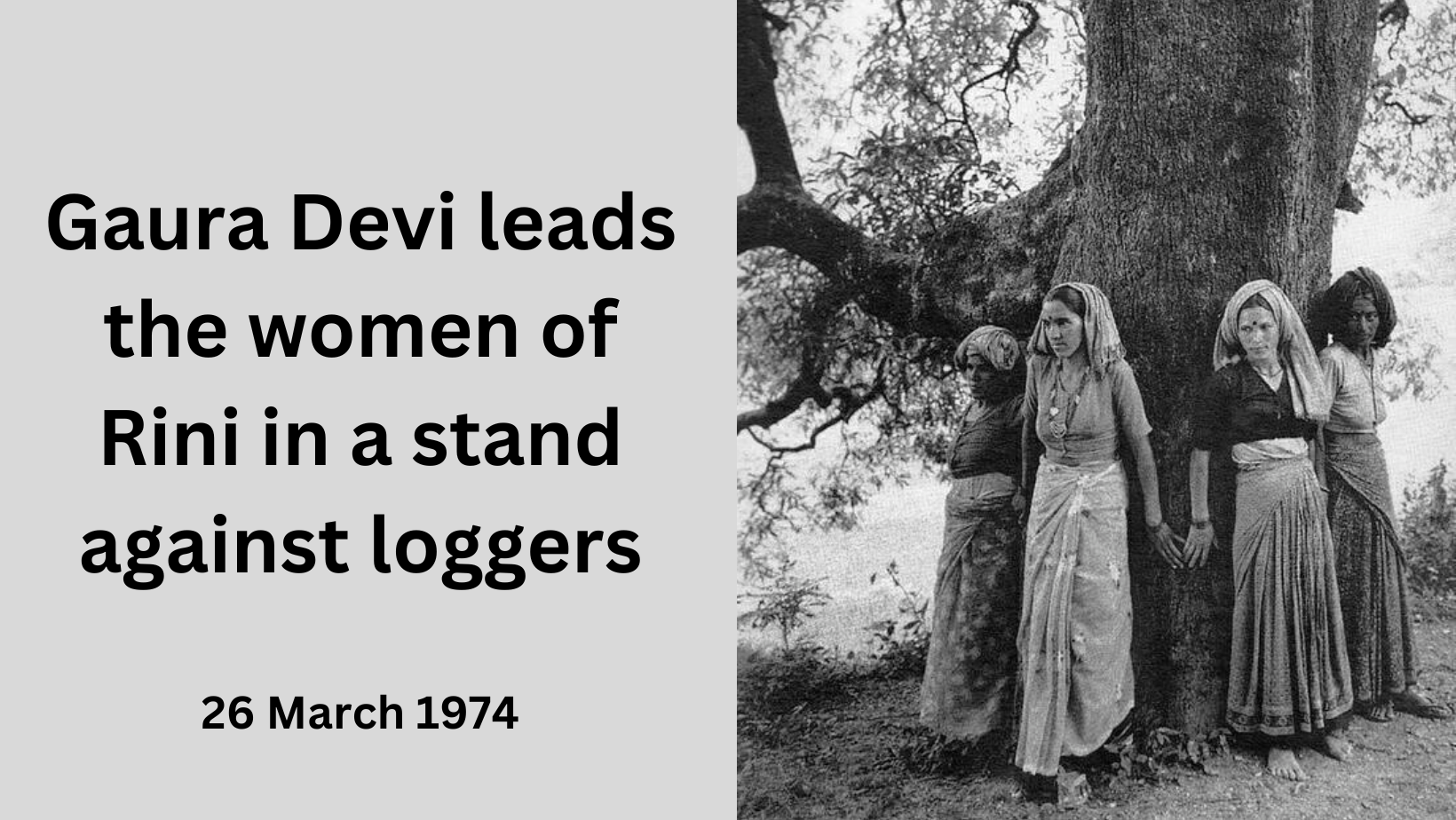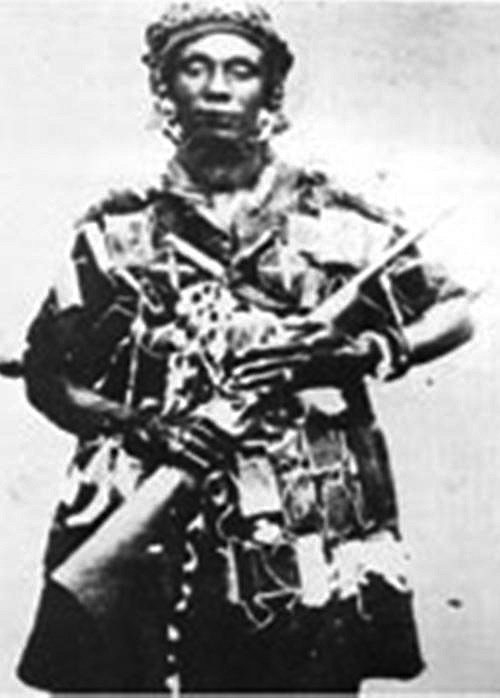In March 1974, a group of women in a Himalayan village stood in front of armed men who come to chop down the forest. Led by Gaura Devi, the women encircled the trees.
This month, we look at some of the women fighting deforestation.
The Chipko Movement and Gaura Devi
Gaura Devi (1925-1991) was born into a Marchaya family in the Chamoli district of Uttarakhand in northern India. When she married, she moved to her in-laws’ village of Rini (also Anglicized as Reni or Raini). She was widowed by 22, when she had a small child.
By the early 1970s, when deforestation caused the Alaknanda river floods in the Himalayas in Uttarakhand, Devi was active in the village council and headed the village’s women’s welfare group. The 1970 flood increased attention on the increasing scale of deforestation in the area. The loss of trees causes soil erosion which in turn causes floods. The loss of forests also had a disproportionate impact on village women, as they would have to travel further to find firewood making life in the villages harder to sustain. A protest movement developed, introducing a form of direct action, Chipko, where protestors put themselves between the loggers and the trees to be felled. Chipko can be translated as “embrace”.
In January 1974, the government announced an auction for 2,500 trees above Rini. Activists and villagers spread word of the impact of the contract on lives in the area. On 24 March, the activists and the men of the village travelled away to a meeting with the government about compensation.
Then a young girl in the village saw the loggers starting to arrive. She ran to tell Gaura Devi.
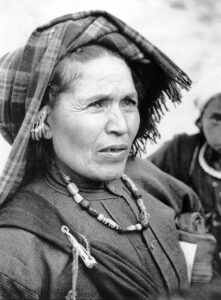
Gaura Devi gathered the women of the village, and they agreed they would block the loggers’ way. She led the women to the trees. They encircled them and Gaura Devi spoke to the loggers, saying: “Brothers! This forest is a source of our livelihood. If you destroy it the mountains will come tumbling down onto our villages.”
The women stayed guarding the trees all night, despite threats of violence. Gaura Devi, when threatened, said: “Shoot us. Only then will you be able to cut down the forest.”
Word spread, and more protestors arrived. After a four-day standoff, the loggers retreated. The Uttarakhand state set up a committee to investigate, which found in favour of the villagers. By 1980, the national Indian government issued a ban on felling trees in the region for fifteen years.
Gaura Devi’s leadership in 1974 gave the movement momentum and an international profile.
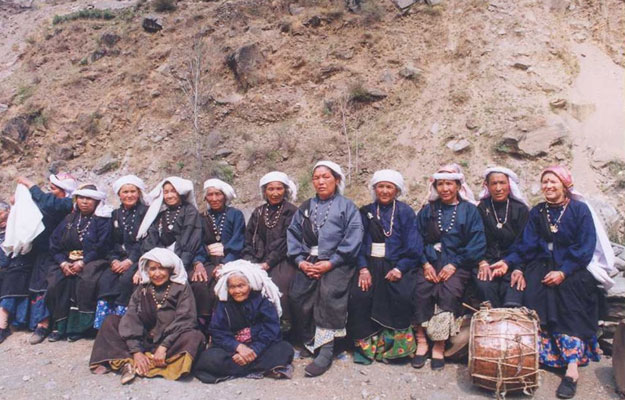
Three more women working to stop deforestation
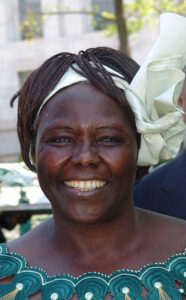
The concern about deforestation in the 1970s was not limited to India.
In Africa in the 1970s, Wangarĩ Muta Maathai was a Kenyan professor of veterinary anatomy in Nairobi who was involved in United Nations Environment Programme and the National Council of Women of Kenya. She became convinced environmental degradation was a common root cause for many of Kenya’s problems. After an initial attempt to run a non-government organisation where unemployed people worked on restoration, she founded the Green Belt Movement which spread across Africa. Women are paid for planting trees, which reverses the deforestation and reduces soil erosion. Wangarĩ Muta Maathai won the Nobel Peace Prize for her work in 2004.

In the early 1970s in rural Brazil, Marina Silva was an illiterate rubber tapper, born and raised on a plantation. Aged 16, she moved to the state capital of Rio Branco, learnt to read and gained a degree. By the early 1980s she had teamed up with environmentalist Chico Mendes to form an independent trade union for rubber tappers. They also developed the idea of empates – peaceful demonstrations against deforestation and the expulsion of forest communities from their traditional lands. Silva continued to push for sustainable reserves in the rainforest managed by traditional communities after Mendes was assassinated. She won the Goldman Environmental prize in 1996 and is currently Brazil’s Minister of the Environment and Climate Change.
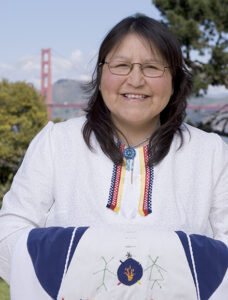
Coming right up to date, Indigenous activist Sophia Rabliauskas is a member of the Poplar River First Nation in Manitoba. She has helped to secure interim protective status for forests in Manitoba. Part of the Boreal Leadership Council, she is now pushing to have the Asatiwisipe Aki Lands, also known as Canada’s green belt, recognised as a UNESCO World Heritage site. That would protect over 43,000 square kilometres of pristine boreal forest. Canada’s boreal region contains one-quarter of the world’s remaining original forests.
Research shows that the impacts of climate change fall disproportionately on women (see this UN Women explainer) . It is no surprise, then, that women have been taking action against deforestation.
Sources and read more
- This archived piece about women in forestry was invaluable.
- This LSE piece by Eléonore Soubeyran includes many other examples of women working to reduce the impact of climate change in a wide range of ways.
- This corporate piece by Michael A. Estrada contains some useful information about Gaura Devi and the Chipko movement but I’ve found earlier mentions of ‘tree-huggers’ in US media before 1974.
- This piece on Gaura Devi was useful.
- The Goldman Environmental Prize for protecting forests includes more women we have not featured here.
We’ve previously written about Rachel Carson’s Silent Spring that led to the banning of DDT.
Follow us on Mastodon, BlueSky, Facebook or Instagram to get daily posts about the women who made – and are making – history every day.

